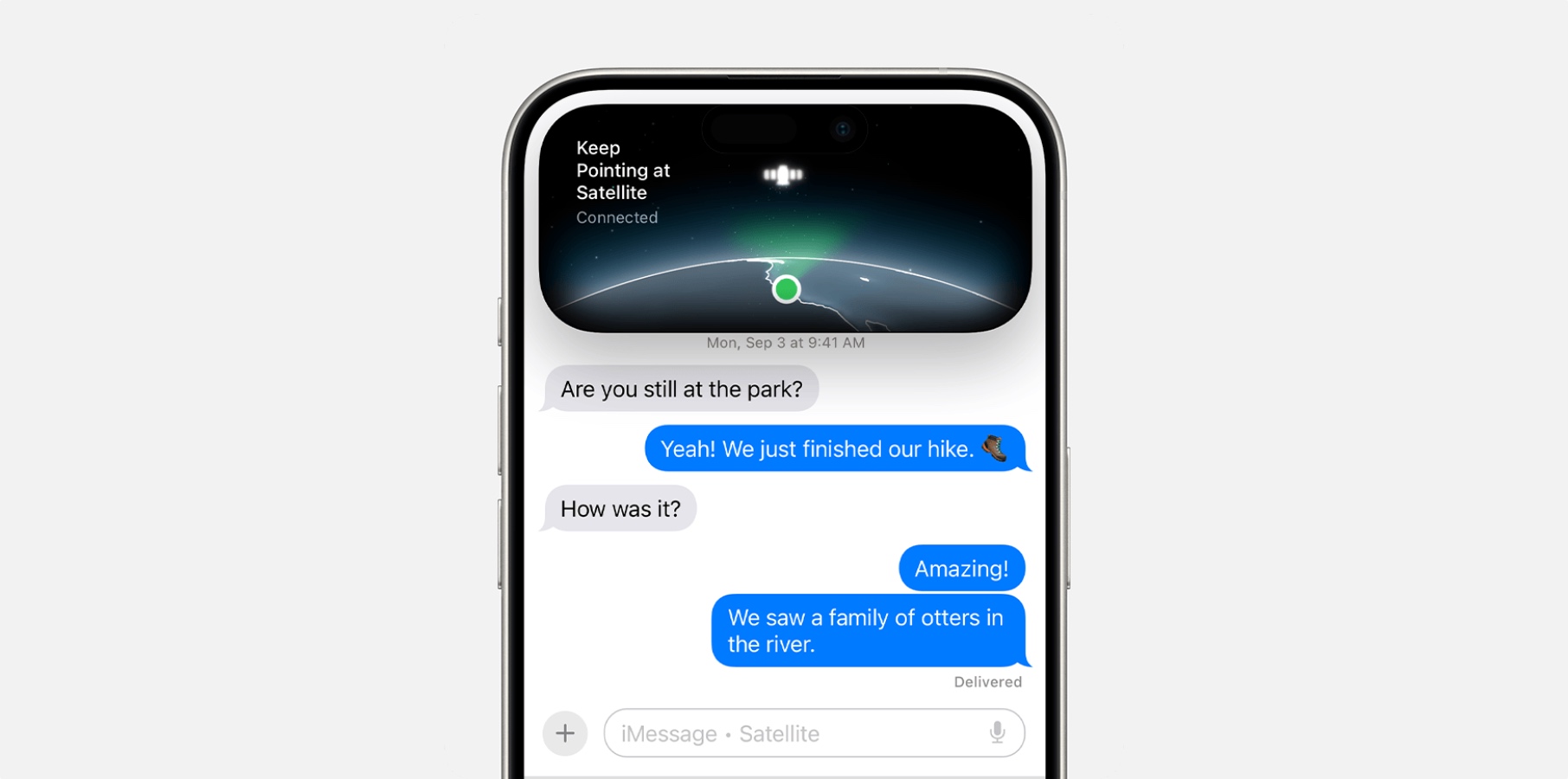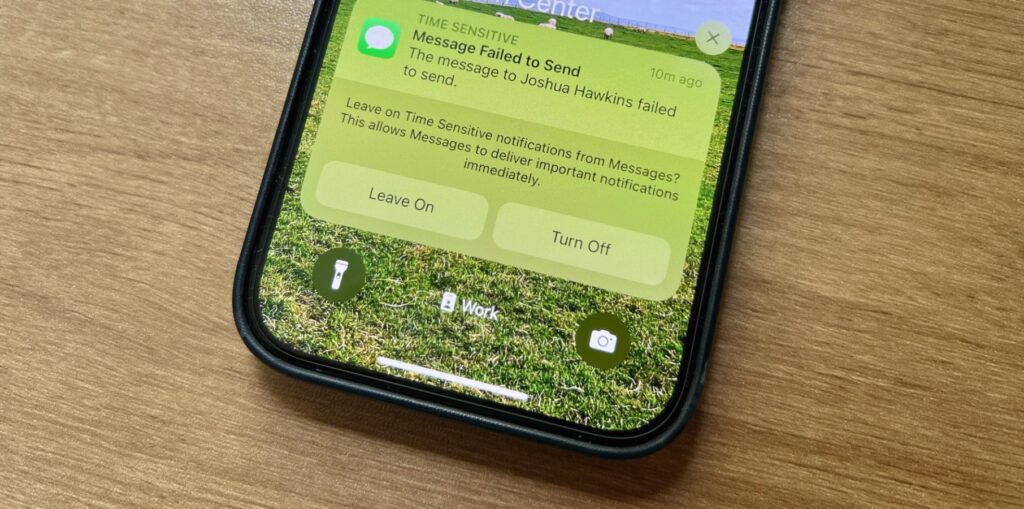Apple introduced satellite communications support for the iPhone with the iPhone 14 series, and SOS communications was a major focus of the feature. All iPhone models released since then now have the ability to communicate with emergency responders via satellite during emergencies where you don’t have access to a cell phone or Wi-Fi connection.
Two years later, Apple further upgraded the iPhone’s satellite capabilities, bringing satellite support to the Messages app. As long as you have a compatible iPhone running iOS 18, you can now send iMessages and SMS texts from your iPhone. In other words, it will be an iPhone 14 or newer model. Also, the service is initially available in the US and Canada, but will likely roll out to more markets soon.
You may not think you need it right now, but just like emergency SOS communications via satellite, you should learn how to use it as soon as possible. You cannot predict when this feature will be useful.
While Emergency SOS allows you to contact first responders, sending text messages via satellite allows you to stay in touch with your loved ones during the same emergency. We saw that happen recently in the aftermath of Hurricane Helena. iPhone users using iOS 18 can now send texts via satellite even in areas where cellular or Wi-Fi isn’t supported.
To actually use Satellite Messages in iOS 18, you’ll need to be in an area without cellular coverage or a Wi-Fi network. However, you don’t need to know how to reproduce these situations because you can test the functionality on iPhone through the built-in demo in the Messages app.
Here’s how you can test right from home.
- go to setting app
- Tap app
- Tap message
- Scroll down and satellite connection demo

Similar to the Emergency SOS demo you may have seen over the past few years, the Messages demo shows you how to start chatting with family and friends over a satellite connection. Before sending a message, you need to find a satellite and establish a connection.
It’s a good idea to practice at home so you don’t have to learn this skill while dealing with all the stress that comes with an emergency situation. Once you know what to do in an environment with spotty cell phone coverage and poor Wi-Fi. Contacting loved ones in an emergency is very important for both parties. It can reduce stress and calm your mind.
Not to mention, you can use this feature to stay in touch with your loved ones while hiking in remote locations. With iOS 18, you don’t have to pay extra to send iMessage or SMS texts via satellite. All are free within supported regions.
The Messages app allows you to send iMessages via satellite with end-to-end encryption. When you use Apple’s proprietary chat system, you receive the same security benefits regardless of how you send your data. iMessage emojis and tapbacks are also supported.
but, mcroomers They point out that SMS can be a little more complicated than texting on a mobile phone. The system is designed to prevent abuse, so you must specify a contact who can be contacted via SMS via satellite. Otherwise, you may need to start an SMS chat so that others can send you text messages via satellite.
However, when sending messages via satellite, you can expect some communication delays. Satellite connections are not as reliable or fast as cell phone or Wi-Fi. But it can be incredibly helpful. The following video demo shows iOS 18 features in action.


